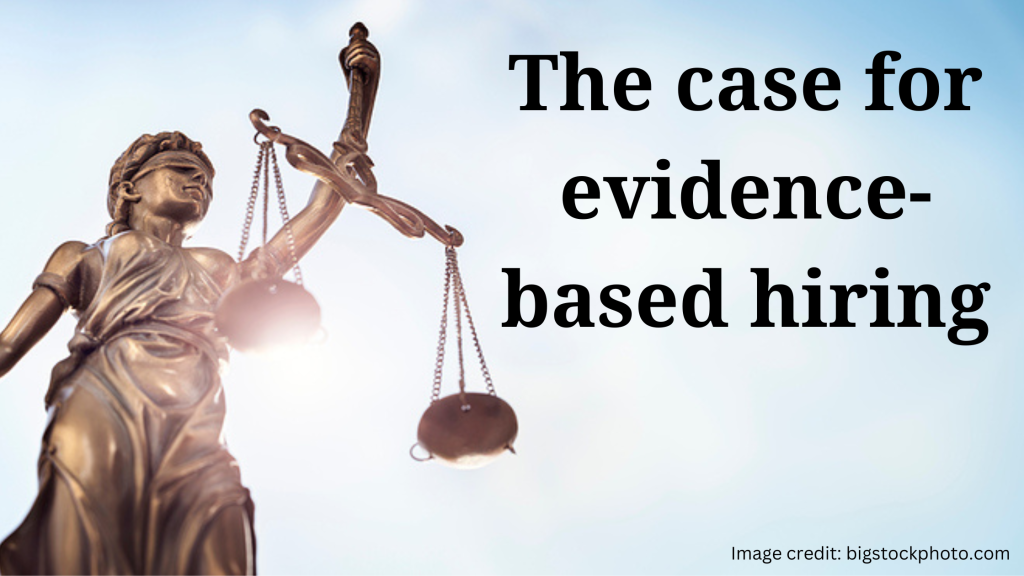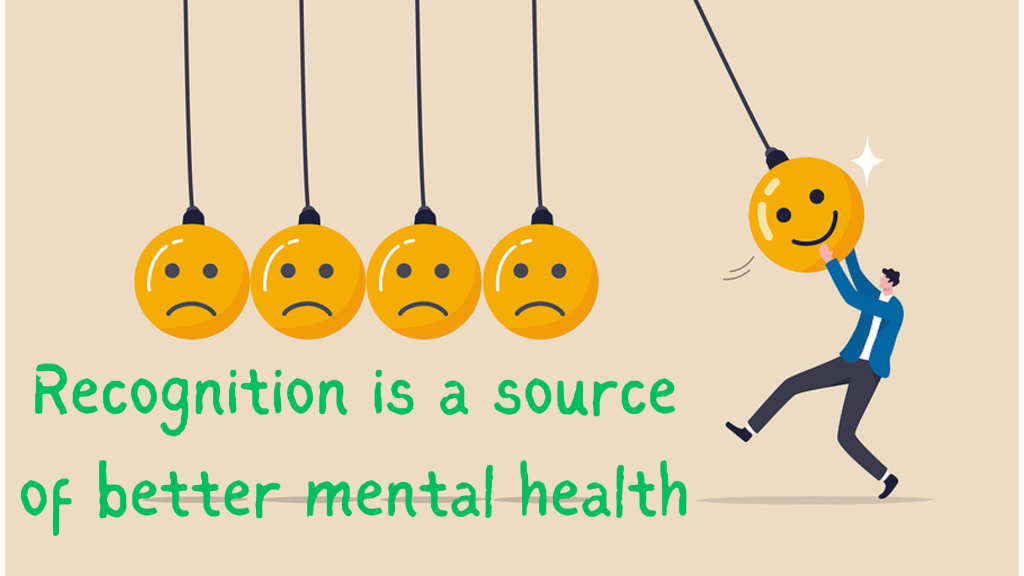
Question: How do I attract amazing candidates who want to try teaching in a rural community?
Attracting teachers to smaller communities has always been a challenge and it hasn’t become any easier as Canada appears to be experiencing a teacher shortage. What you face reminds me of my first experience recruiting teachers to Fort McMurray Public Schools.
There was no Canada-wide shortage of teachers, but there was a shortage of teachers in Alberta who wanted to move to what was perceived as an isolated northern community with few amenities and a “harsh climate.”
Over that spring and summer, we succeeded in attracting a sufficient number of applications and interviewing enough candidates to fill more than 100 vacancies. The pursuit of teachers took me across the country, to provinces where shortages of teaching positions produced an abundance of recent graduates anxious to start their teaching careers and willing to go anywhere to do so.
Since that summer of anxiety, I have become an observer of recruitment practices. What works and what doesn’t?
Success seems to depend on the creativity you use to make your organization stand out from the crowd. This should be easy, because in education as in other fields, many organizations rely on a strategy I cynically refer to as, “We’re-Just-as-Boring-As-The-Next-Guy.”
Employers’ advertising state that they are looking for candidates who are dedicated, hardworking, career-oriented team players who enjoy a high-energy environment—which is exactly what every other employer is seeking.
In exchange for an employee’s time, potential employers promise an “attractive remuneration and an excellent benefits package”—just like the other guys are offering.
It’s easy for potential applicants to compare these similar requirements and benefits because everyone advertises where everyone else advertises.
Nothing distinguishes one organization from similar organizations that are hiring. Nothing captures the excitement of their workplaces. “Come work for us. We’re just like every other organization in our field. We’re just as boring.”
Success in attracting applications demands different approaches that will capture the attention of potential applicants.
Humour can be the key. Back in the 1960s, Northlands School Division advertised in the United Kingdom and Ireland for teachers for remote northern communities by warning that, “No Weaklings Need Apply.”
Other organizations combine a mix of humour and vanity to attract applications.
On a screen at the Las Vegas airport a few years, Clark County invited “All Heroes” to apply to teach in its schools—“Cape Included.”
A recruitment poster in Edmonton’s Block 1912 coffee shop consisted of just a few words—“Qualifications: must be awesome. If this describes you, come prove it.”
Of course, people applied. Who doesn’t consider themselves “awesome?”
Another factor that may have contributed to the success of those campaigns? They appeared where likely applicants would see them. On the “Fish Where the Fish Are” episode of the CBC radio series Under the Influence, advertising guru Terry O’Reilly describes recruitment campaigns that succeeded because they were creative and were placed where potential applicants would see them.
For example, when recruiting for a new store in Australia, Ikea slipped an extra instruction sheet into every box of furniture sold there. Titled, “Career Instructions: Assemble your future,” the insert advised people who were already customers that they were hiring and provided instructions on how to apply.
Costs were minimal and the campaign attracted more than 4,000 applications for 280 positions.
My most successful advertisement, as measured by the number of responses, appeared in the ATA (Alberta Teachers’ Association) News and announced our intent “to hire the 10 best teachers in Alberta.” Anyone who felt they were one of the 10 best was invited to apply.
Hundreds did!
Another way to “advertise” vacancies is to let parents or customers know you are hiring.
Returning a rental car a few years ago, I was surprised when the person behind the counter announced that, “We are hiring.” I said I wasn’t interested. He was undeterred. Did I know someone who might be interested?
Another potentially productive approach is to ask existing staff, particularly those early in their careers, “Do you know someone who is about to graduate who will be looking for a job?” They just might.
In 2019, McDonald’s restaurants tackled their recruitment challenges with a campaign that invited friends to apply together. “Friends wanted. Be more than friends. Be co-workers.” The US Army has used a similar approach, inviting applications from two friends, married couples and groups of up to five buddies.
I am going to wrap up this article by describing a marketing campaign that we designed for a client that had nothing to doing with recruiting staff but which might be a template that can be applied to attract more applications for jobs in smaller communities.
When a post-secondary institute asked us to develop a smoking cessation campaign targeted at its students, we suggested something that was likely completely different than what they’d expected. We proposed a tongue-in-cheek campaign that focused on what smokers would miss if they stopped smoking.
To their credit, the client took a risk and worked with us to develop posters and bookmarks that focused on the “benefits” of smoking, such as:
- Opportunities to go outside, no matter the weather (illustrated with a picture of a smoker drenched by rain).
- Opportunities to assemble a complete collection of warning labels from cigarette packages.
Based on this experience, I believe that a recruitment campaign that highlights what people would miss if they abandoned urban centres in favour of a job—and a life—in a smaller community, could mention:
- Spending an hour commuting to work every morning and another hour in the afternoon rush-hour traffic.
- Spending most of your paycheque on rent
- Having to drive every time you needed to go shopping for anything
- Being anonymous to senior leadership, who they never meet and seldom see
It’s always going to be a challenge to attract suitable applicants to smaller communities, but creative approaches may make your efforts more successful.
==
Interested in spending a few minutes brainstorming solutions to your unique recruitment challenges? Click here to schedule a free, no-obligation conversation with Nelson.









